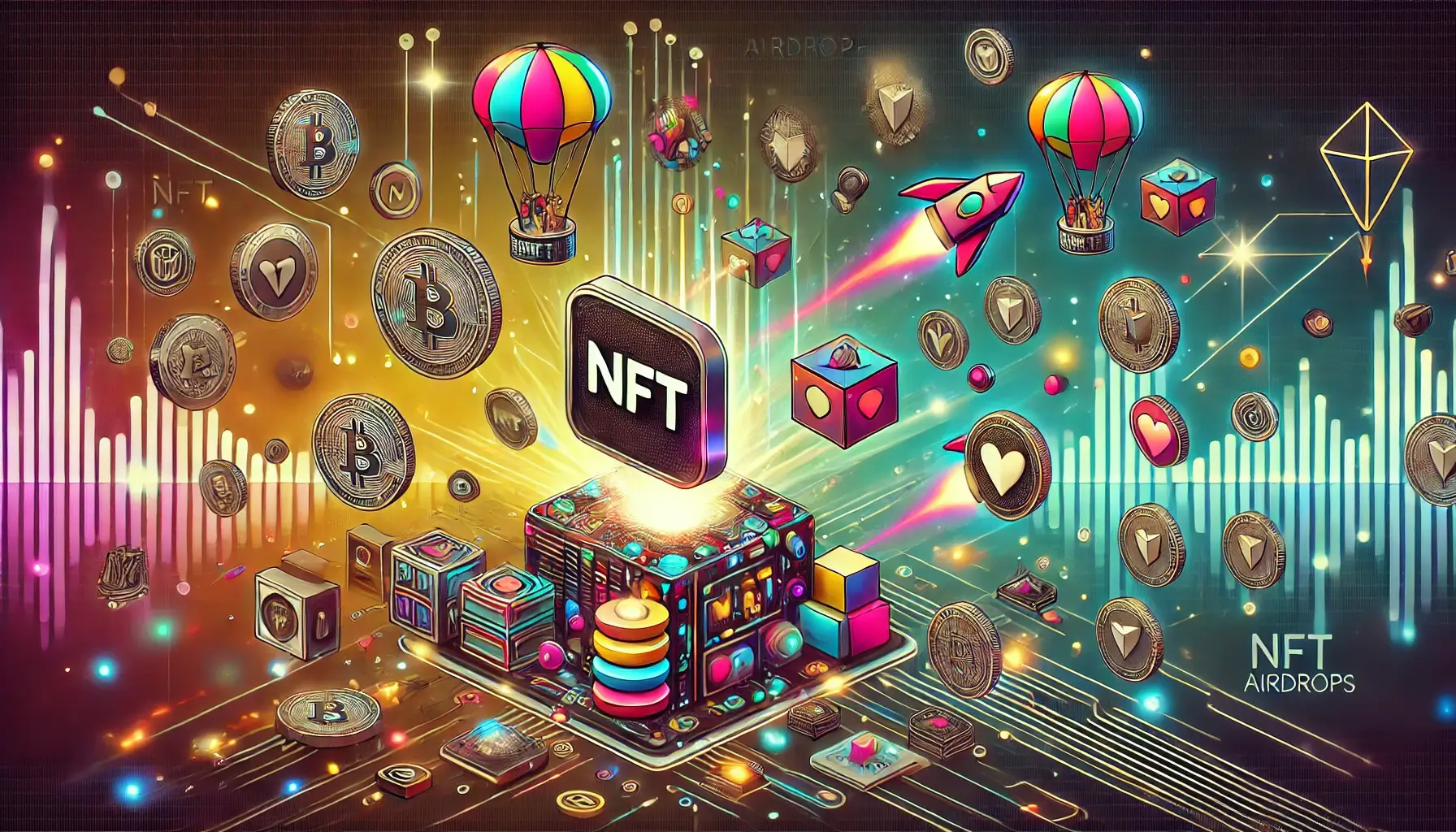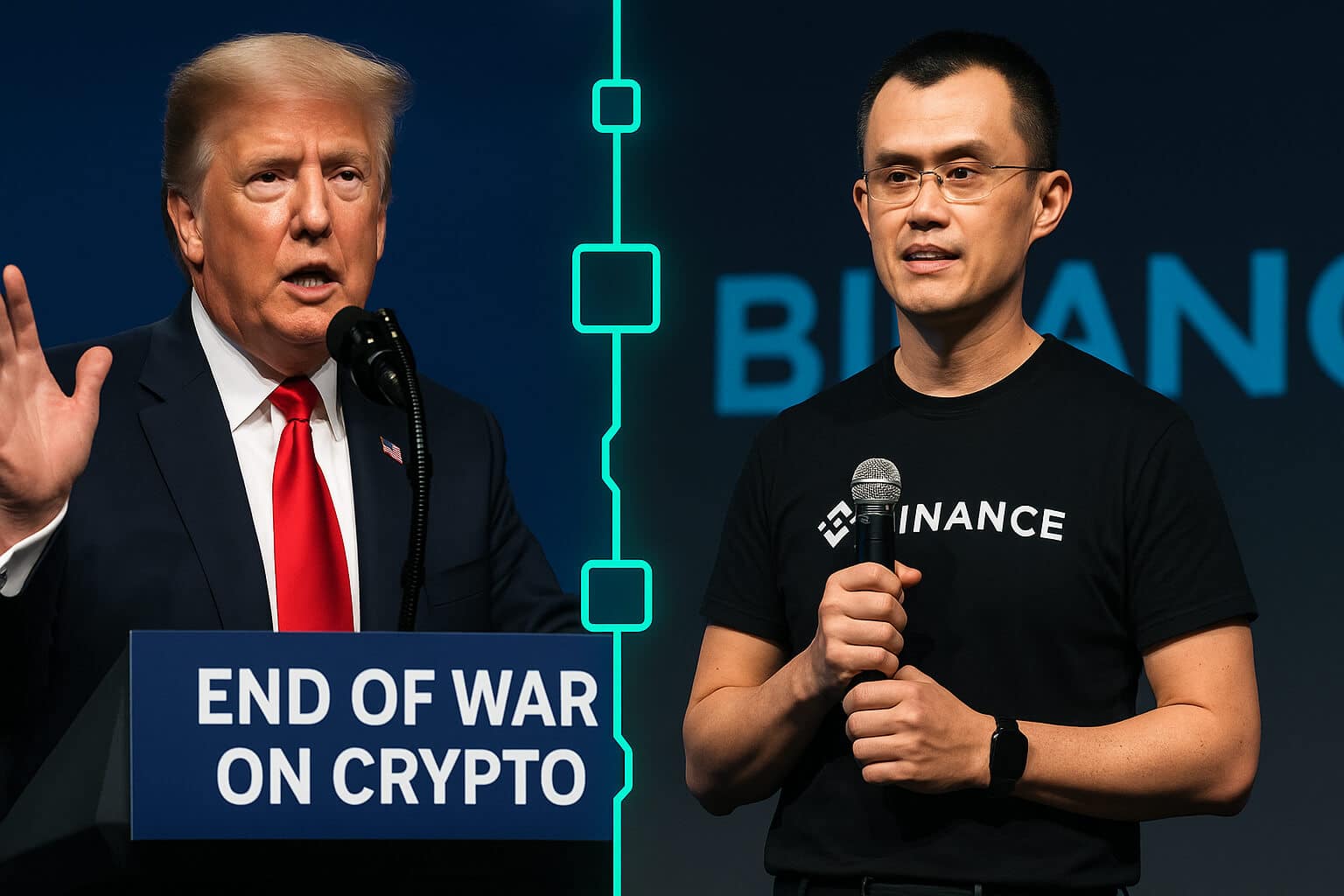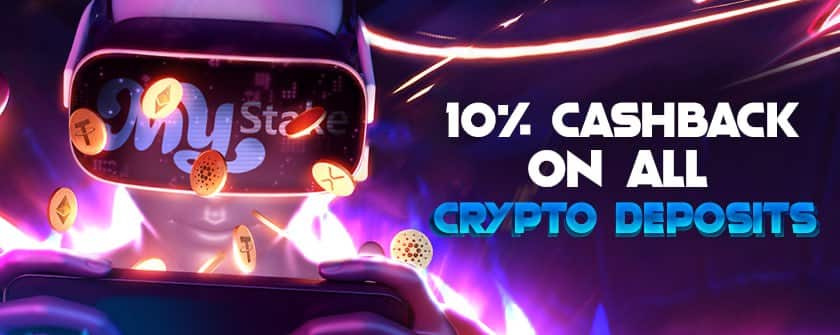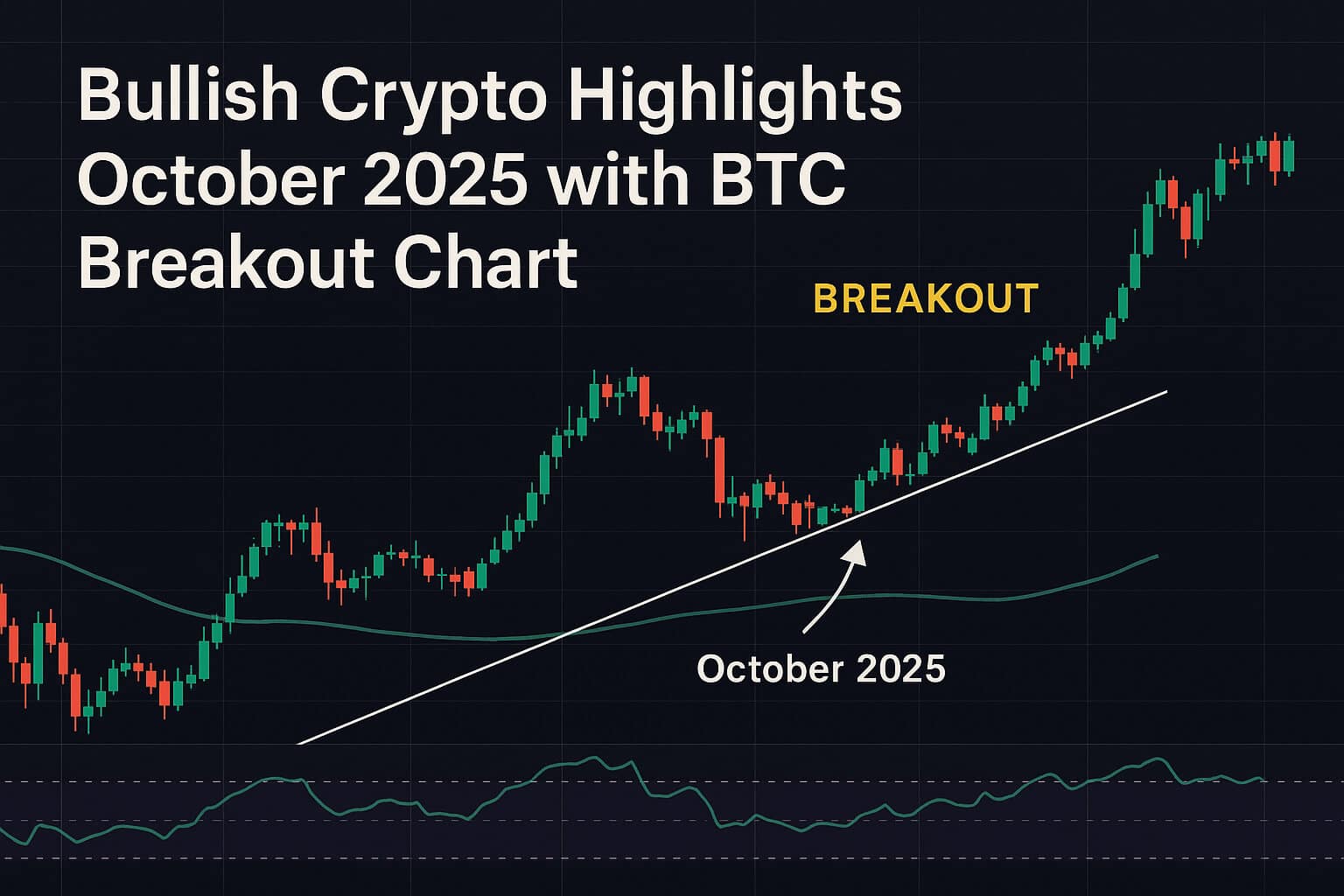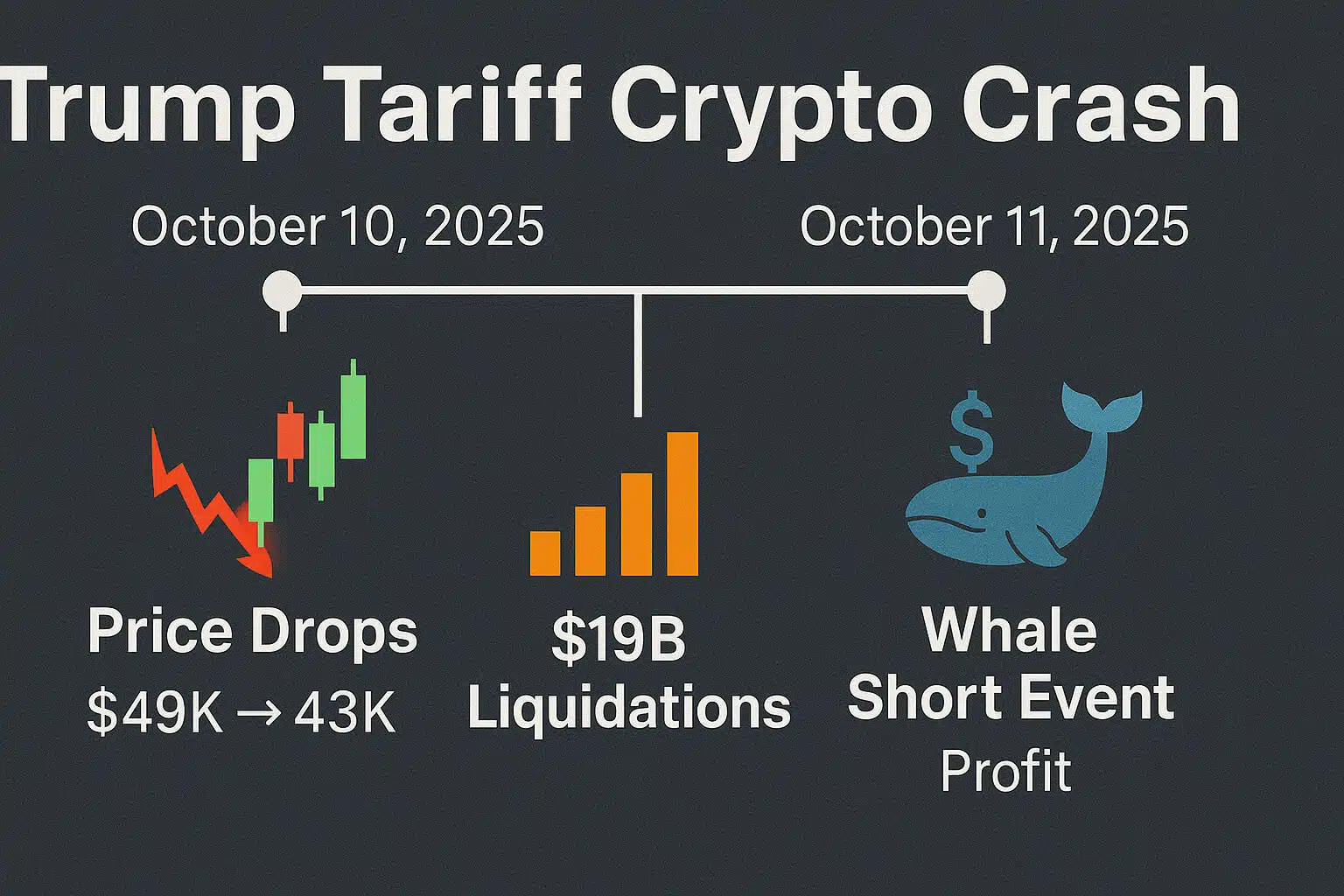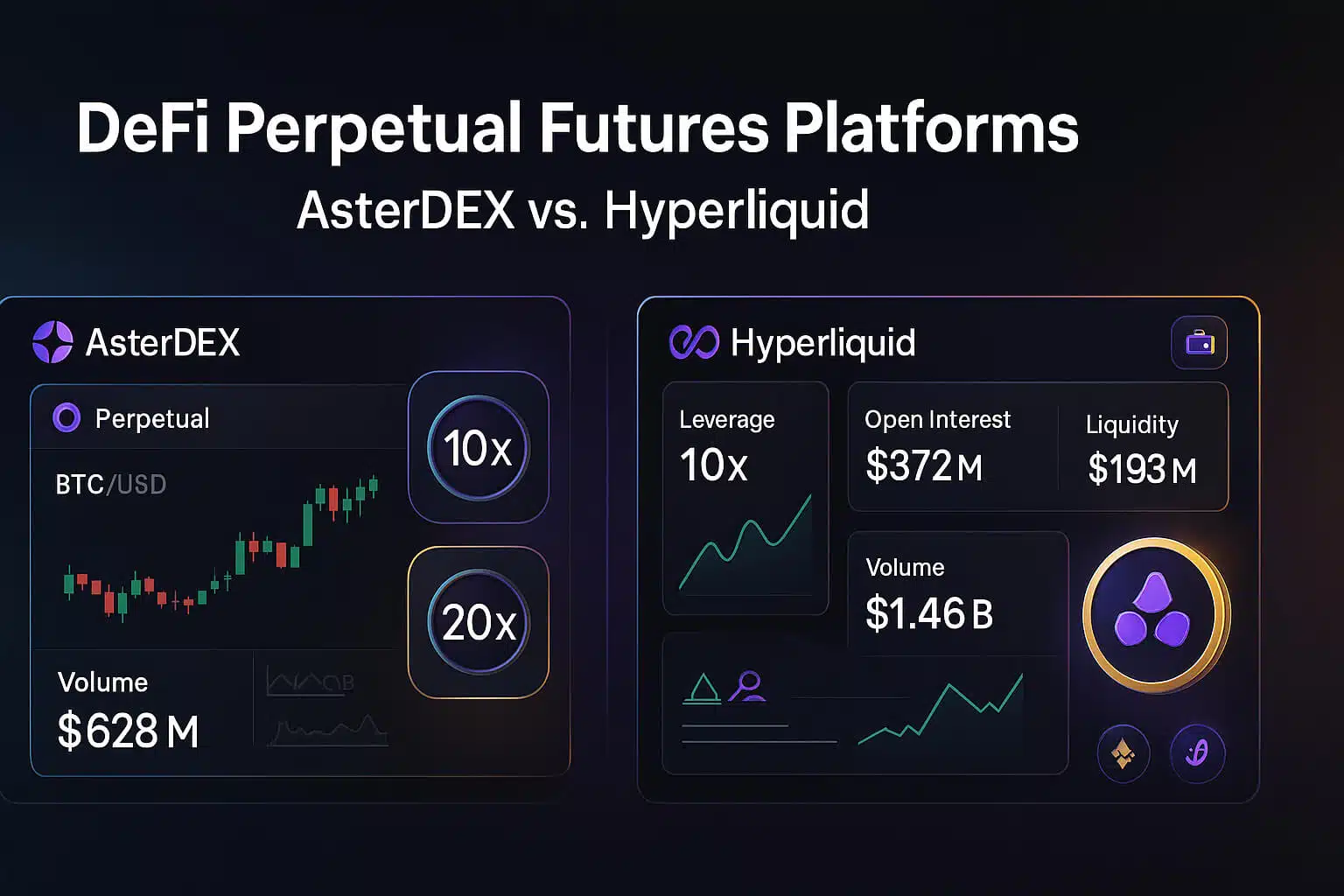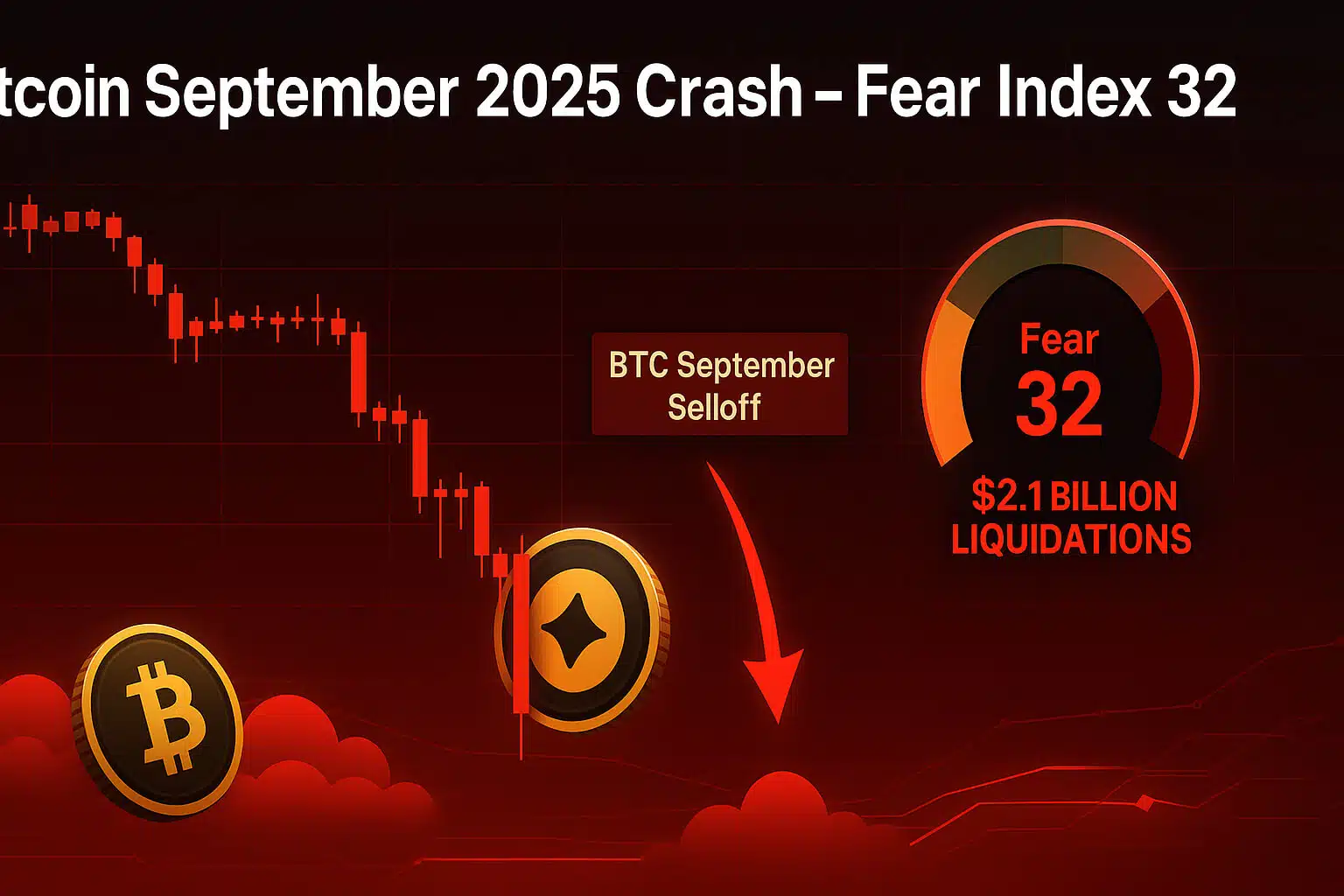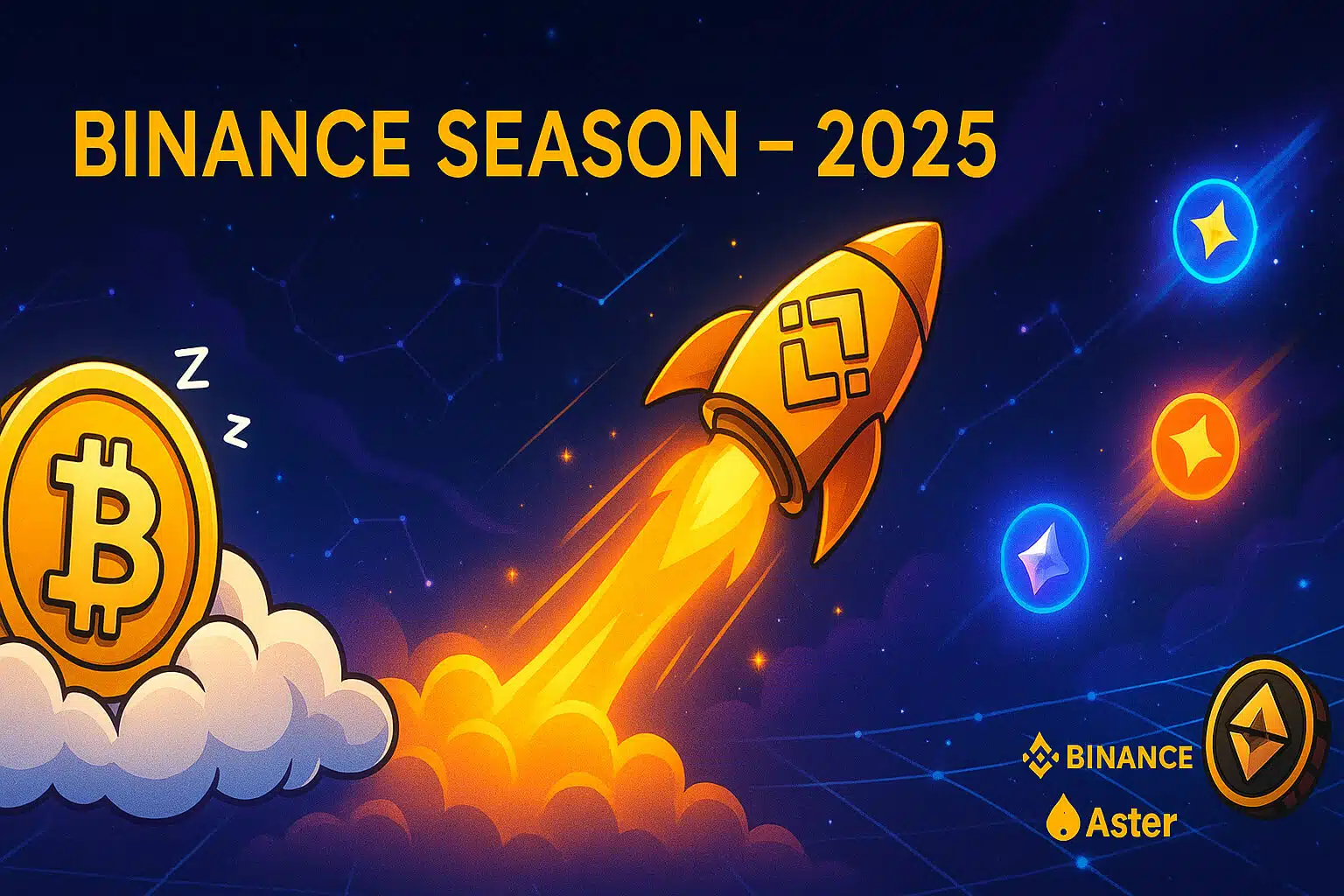NFT airdrops are quickly becoming a hot trend in the blockchain world. While traditional token airdrops have been around for years, the rise of NFTs has introduced a new twist to the concept. Let’s dive into what NFT airdrops are, how they work, and how they differ from traditional token distributions.
1. What Are NFT Airdrops?
NFT airdrops are free distributions of non-fungible tokens (NFTs) to a select group of users. Typically, these NFTs are unique digital assets like artwork, in-game items, or collectibles. NFT airdrops are a popular method for promoting new projects, rewarding early supporters, or driving engagement in a decentralized community.
For instance, if a new NFT project wants to generate excitement, they might announce a free NFT airdrop to users who have previously interacted with their platform. In exchange for participating, users receive unique digital assets that could range from artwork to virtual real estate.
A recent example is the Bored Ape Yacht Club’s (BAYC) airdrop of Mutant Serum NFTs to holders of original Bored Apes. This not only rewarded existing users but also created a new level of scarcity, enhancing the value of both the original and airdropped NFTs.
2. How Do NFT Airdrops Work?
Much like traditional token airdrops, NFT airdrops are generally distributed to wallet addresses that meet certain criteria. However, instead of receiving fungible tokens like Bitcoin or Ethereum, users receive unique digital assets that are verifiable on the blockchain.
Typically, the criteria for receiving NFT airdrops might include:
- Holding a certain cryptocurrency or NFT: For example, holding specific tokens in your wallet may make you eligible for a future NFT airdrop.
- Engaging with a project’s platform: Completing tasks, such as signing up for a newsletter or joining a community, can qualify users for these giveaways.
- Being an early supporter: Some NFT projects reward their first wave of users with exclusive NFT airdrops.
A great example is the Parallel Alpha airdrop, where early adopters who purchased trading cards in the project’s early stages received free airdropped NFTs. These assets later gained significant value as the project grew, benefiting the early supporters.
NFT airdrops often target niche communities or individuals who are already familiar with digital assets. This exclusivity is a major reason why they’re becoming more popular with both creators and collectors.
3. How NFT Airdrops Differ from Traditional Token Airdrops
While both NFT airdrops and traditional token airdrops involve giving away digital assets, there are some important distinctions between them. Here’s how NFT airdrops set themselves apart from traditional token distributions:
3.1. Fungibility vs. Non-Fungibility
Traditional airdrops distribute fungible tokens, like Bitcoin or Ethereum, which are interchangeable. One token is equivalent to another. With NFT airdrops, each token is unique and carries its own value. For example, if you receive an NFT of a rare digital art piece, its value can be entirely different from another NFT from the same collection.
3.2. Value Proposition
Fungible token airdrops often have a straightforward value. They may represent governance tokens, utility tokens, or currency within a decentralized platform. NFT airdrops, on the other hand, often offer something more subjective — like a piece of digital art, music, or exclusive access to a game or event. Their value can be harder to predict, and in many cases, the real value emerges only when a community rallies around the project.
Airdrop tokens might have a set market value right away, but the value of an NFT could skyrocket depending on its rarity or popularity. For example, NFTs from collections like CryptoPunks have sold for millions after being airdropped to early adopters.
3.3. Scarcity and Exclusivity
NFT airdrops often emphasize scarcity. Unlike token airdrops where thousands or even millions of tokens might be distributed, NFT airdrops often involve a limited number of unique items. This can create a sense of exclusivity. For example, Axie Infinity airdropped limited-edition land NFTs to early players, which are now considered highly valuable in the game’s ecosystem.
This scarcity not only attracts attention but also creates opportunities for increased value over time, making NFT airdrops a highly desirable event for collectors and investors alike.
3.4. Utility in Metaverses and Games
NFT airdrops are increasingly being used in virtual worlds and games. For example, many blockchain games like The Sandbox or Decentraland airdrop virtual assets, such as land or in-game items. These NFTs can be used within the game, giving players unique abilities or customization options. Token airdrops don’t usually offer this kind of tangible utility within a game or virtual space, making NFT airdrops especially exciting for gamers.
4. Why Are NFT Airdrops Becoming So Popular?
The surge in NFT airdrops can be attributed to several factors:
- Increased interest in NFTs: The NFT space exploded in 2021 and continues to grow. Projects are using airdrops as a way to attract attention and build community around their digital assets.
- Stronger community engagement: NFT airdrops are an effective way to reward loyal users and early supporters. They encourage users to remain engaged with the project and promote it to others.
- Potential for high returns: NFT airdrops are often seen as speculative investments. Because of their unique nature, recipients may receive NFTs that significantly increase in value over time. This makes them highly attractive for collectors and investors alike.
For example, in the Rarible NFT marketplace, early users were airdropped RARI tokens, which later soared in value. Not only did this increase the project’s visibility, but it also rewarded the users who believed in it from the start.
![]()
5. How to Participate in NFT Airdrops
If you’re interested in participating in NFT airdrops, here are a few steps to get started:
- Join NFT communities: Projects often announce airdrops in their communities, so stay active in Discord groups or Telegram channels. Following NFT projects on social media can also keep you informed about upcoming drops.
- Hold the right tokens: Many NFT airdrops are based on holding specific tokens or NFTs in your wallet. For example, owning governance tokens for certain platforms might make you eligible for NFT airdrops.
- Complete tasks: Some NFT airdrops require participation in activities like signing up for a newsletter, interacting with a website, or sharing the project on social media. Keep an eye out for these simple tasks to qualify.
Conclusion
NFT airdrops represent a new way of distributing value in the digital space, offering both creators and users a more personalized and exclusive experience. Unlike traditional token airdrops, which focus on quantity, NFT airdrops emphasize quality, scarcity, and uniqueness. Whether you’re a collector, investor, or gamer, participating in NFT airdrops can offer significant rewards — if you know where to look.
For more insights and detailed guides on blockchain applications, visit our Blockchain Technology Guides.
Stay Updated
For the latest news and updates on NFT airdrops and other blockchain trends, follow us on:
Stay informed with the latest strategies and insights in the world of cryptocurrency at FreeCoins24.io.
Special Offer
Want to trade NFTs and crypto tokens? Sign up on Bybit today and take advantage of up to $30,000 in deposit bonuses. Don’t miss out on trading the latest crypto assets on one of the world’s leading platforms.


